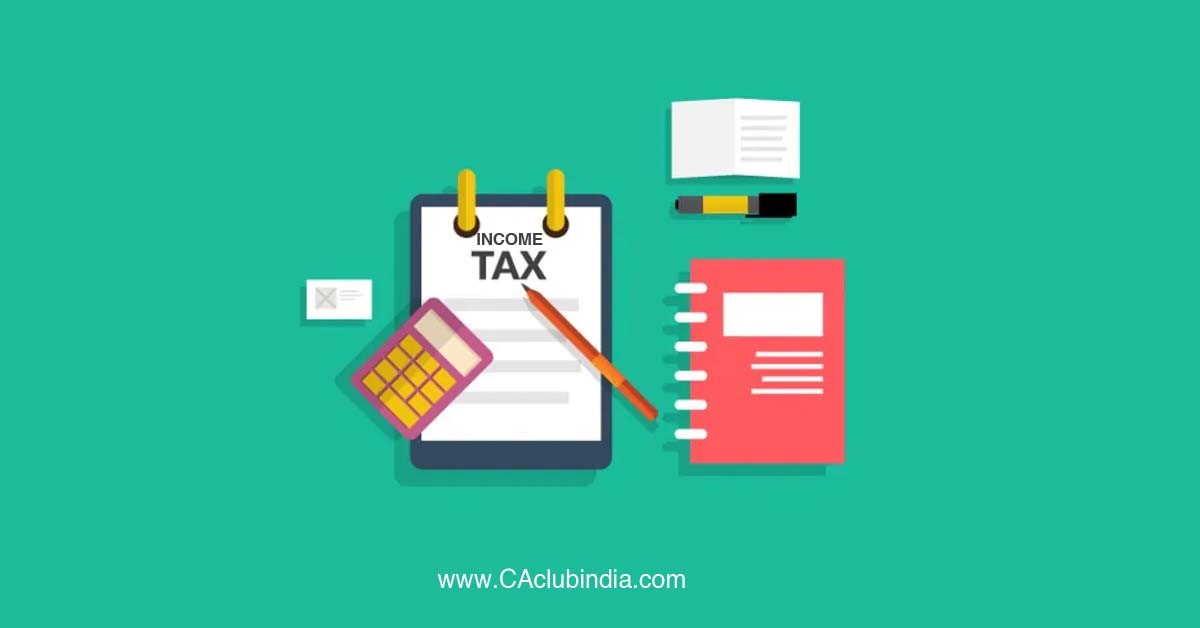The return filing season is going on. So let us have a quick understanding of what is e-filing of return?
The process of electronically filing Income tax returns through the internet is known as e-Filing or electronic filing of return. This means you no longer need to visit the nearest Income Tax Department's office to file your returns physically.
There are certain provisions relating to Electronic filing of return under Income-tax Act, 1961 [Section 139D]
Section 139D empowers The Central Board of Direct Taxes (f.e. Board) to make rules regarding E-filing of return by various persons. It clearly states that the Board may make rules providing for
(a) The class or class of persons who shall be required to furnish the return in electronic form;
(b) The form and the manner in which the return in electronic form may be furnished

(c) The computer resource or the electronic record to which the return in electronic form may be transmitted. In exercise of power granted under section 139D, CBDT has amended Rule 12 of Income-tax Rules, 1962 and has incorporated Rules 12(3), 12(4) and 12(5) covering electronic filing of return.
(d) The documents, statements, receipts, certificates, or audit reports which may not be furnished
VARIOUS MODES OF E-FILING
If return of income is filed through electronic mode, then the assessee has following the options:
A. E-filing using a Digital Signature
For this the assessee needs to have a valid digital signature. Use Digital Signature Certificate (DSC) to e-File. There is no further action needed, if return is filed with a DSC.
B. E-filing without a Digital Signature E-File
In this case an ITR-V Form is generated. The Form should be printed, signed and submitted to CPC, Bangalore using Ordinary Post or Speed Post Only within 120 days from the date of e-Filing. There is no further action needed, if ITR-V Form is submitted.
C. E-Filing under Electronic verification code (EVC)
C-1. Meaning of "Electronic verification code" [Explanation to Rule 12(3)]: It means code generated for the purpose of electronic verification of the person furnishing the return of income as per the data structure and standards specified by Principal Director General of Income-tax (Systems) or Director General of Income-tax (Systems).
C-2. Who cannot file return via EVC? : The following persons cannot file return system :
(a) Persons, whose accounts are required to be audited u/s 44AB ;
(b) Political parties filing return of income in ITR-7; and
(c) Companies.
C-3. Modes of generating EVC Taxpayers can generate EVC by any of the specified below using this four modes-
(i) Through Net-Banking
Banks registered with Income-tax Department are providing direct access to the e-filing website to their account holders. By clicking on e-filing option account holder will be redirected to the e-filing website where he can generate the EVC using "e-File" menu. EVC generated will be sent to the registered email id and mobile number of the taxpayer which can be used to verify income-tax return.
(ii) Through Aadhaar Card Number
Taxpayers can link their Aadhaar Card Number with their PAN on e-filing website to generate the EVC. Aadhaar Number can only be linked to the PAN database (i.e., name, DOB and gender) are similar to data available with UIDAI for a taxpayer's Aadhaar number. Once the Aadhaar Number is linked to PAN, 'one time password' ('OTP') will be generated by UIDAI and sent to the taxpayer's mobile number registered with UIDAI. This Aadhaar based OTP will be the EVC and can be used to verify the income-tax return.
(iii) Through ATM
All taxpayers can generate EVC through ATM. Only the taxpayer's ATM is linked to a PAN validated bank account and the bank is also registered with the Income-tax department. Taxpayer can access the ATM of a registered bank using his Debit/Credit card and thereafter he/she needs to select the option of "Generate EVC for Income Tax Return Filing" on the ATM screen. The bank will communicate this request to the e-filing website which will generate EVC and send the EVC to assessee on his registered mobile number.
(iv) Through E-filing Website of Income-tax Department
Assessee can also generate EVC by using e-filing website of Income-tax Deptt. (i.e., www.incometaxindiaefiling.gov.in). However, this facility is available only to the assessee's having total income of Rs. 5 Lakhs or below and who are not claiming Income-tax refund. To use this facility, assessee can visit the e-filing website and select the option 'Generate EVC' from the e-File menu. EVC generated will be sent to the registered email ID and mobile number.








 CAclubindia
CAclubindia
